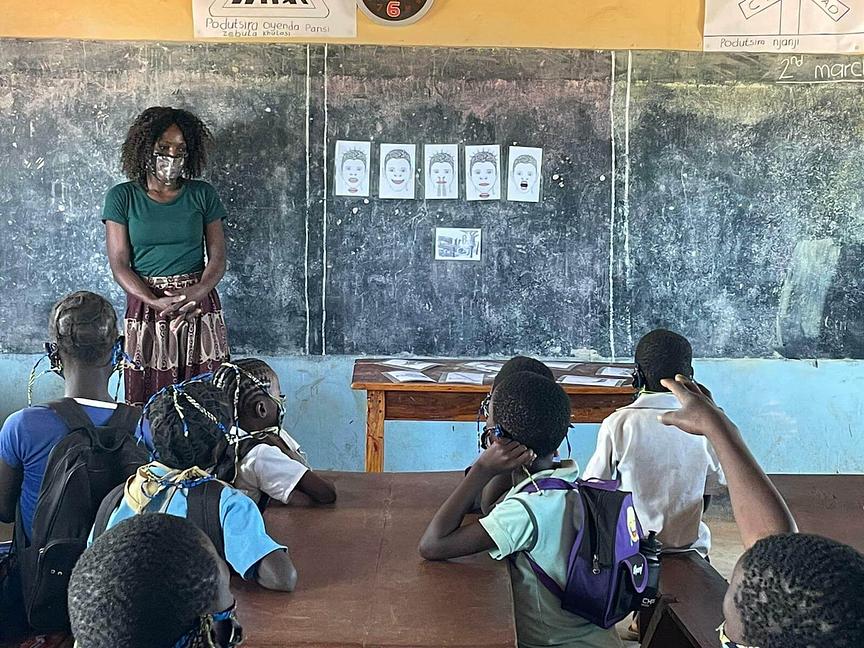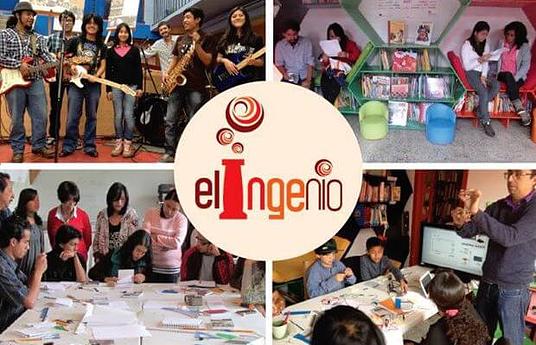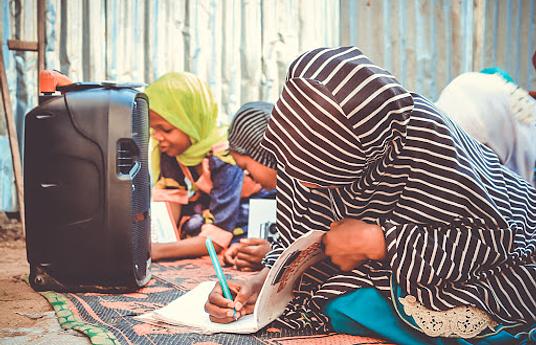Foundational literacy skills in Zambia are a notable challenge. An assessment by the USAID-funded Let’s Read Zambia project shows that over 20% of Grade 1 to 3 students are below minimum levels of proficiency and only 27% are at minimum levels of proficiency on literacy. Delays in the age and grade at which students attain literacy skills make future primary years that much more challenging.
Read Smart is a literacy intervention for early grade learning based on the use of phonetic charts, illustrating the mouth positions associated with each sound. The majority of Zambian children are taught how to read by memorization but Read Smart focuses on using visual aids to teach children how letters sound. It is an explicit phonics program where sound-spelling relationships are directly taught and applied.
Read Smart Cinyanja was developed with the tenants of the science of reading in mind, along with the local language instruction that is required in the early grades. It is a 40-week program integrated into the first two grades, based on the use of phonetic charts, illustrating the mouth positions associated with each sound. Students progressively advance from accurate pronunciation and letter-sound connections to reading basic words and simple stories. By implementing four phases of the program and supporting teachers, the aim is to ensure students learn to read.
We scaled Read Smart from 2 schools in 2021 to 8 schools and ~1,000 students in 2022. The program results indicate that the program is successful at improving literacy outcomes across a diverse audience including both boys and girls, very low-income levels, and for students entering primary school with high academic needs. In 2025 we expanded the program to 40 new government schools accompanied by an RCT in 2026. In the future we will work within Eastern Province to expand to more students in early childhood centers, community schools, and government schools. Finally, we want to explore adapting to 1-2 other Zambian languages within the next three years.
Read Smart has improved literacy outcomes in very rural and remote villages in Zambia. We believe this solution can be adapted to work in other places. Please contact info@impactnetwork.org to learn more.



